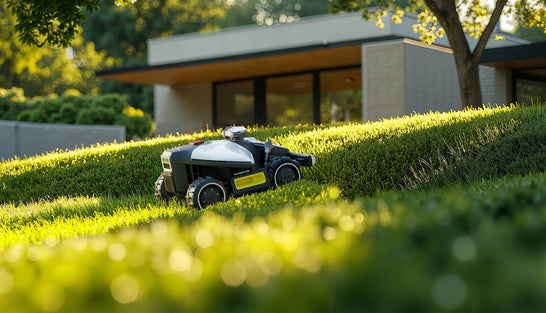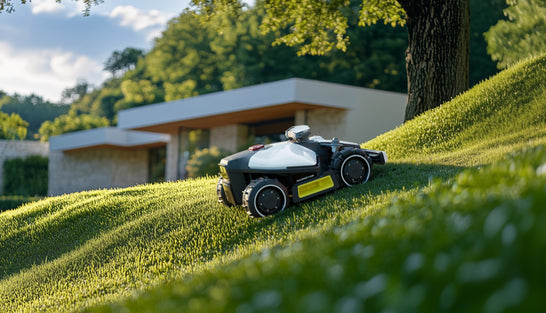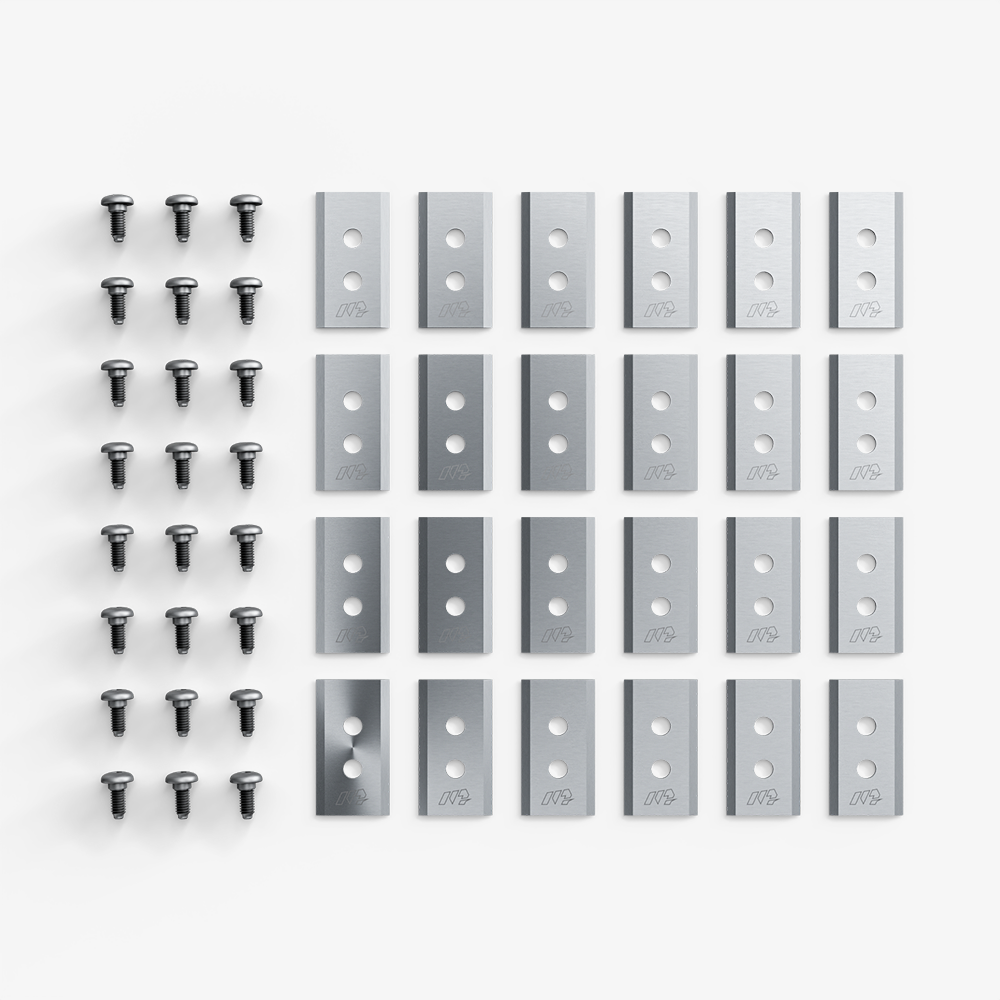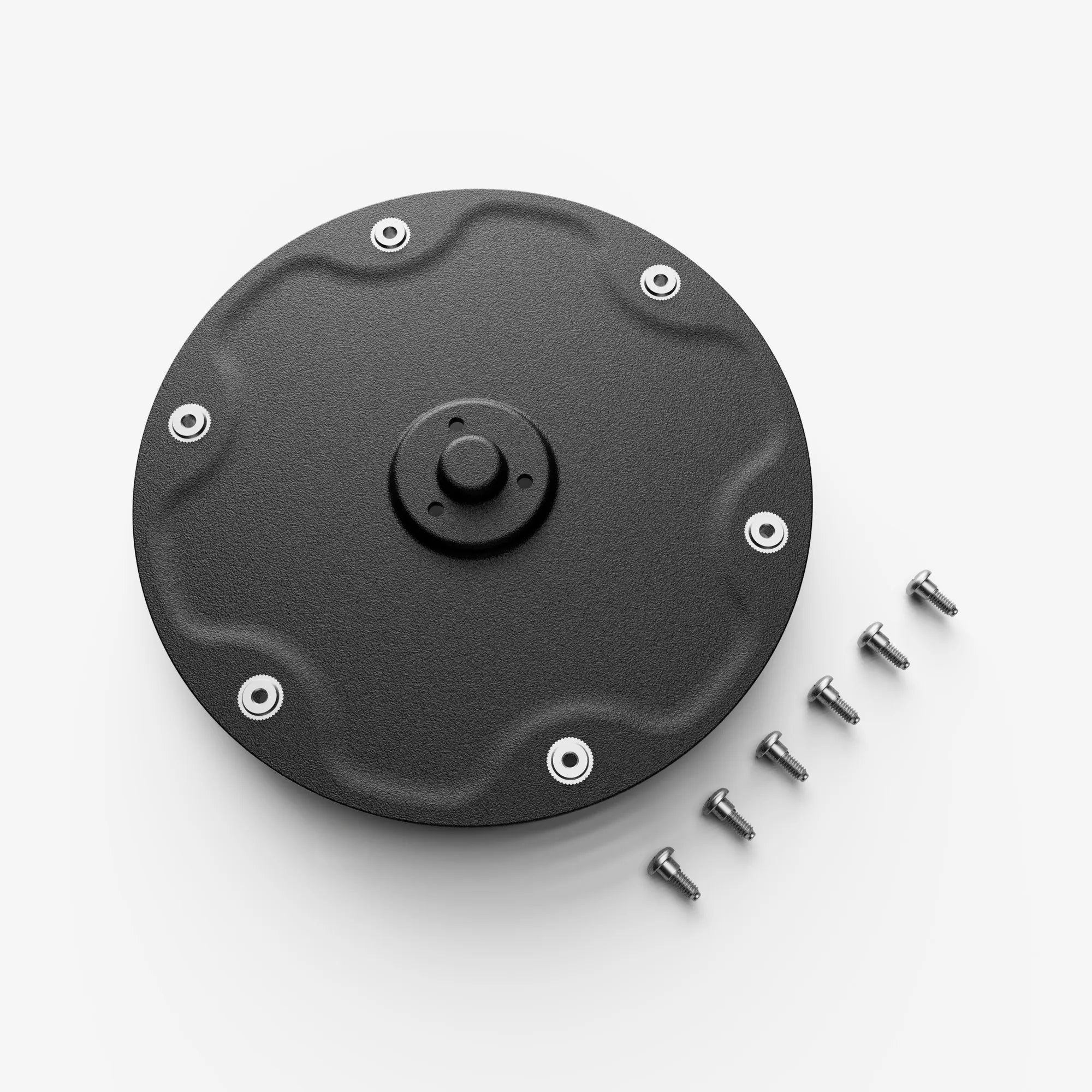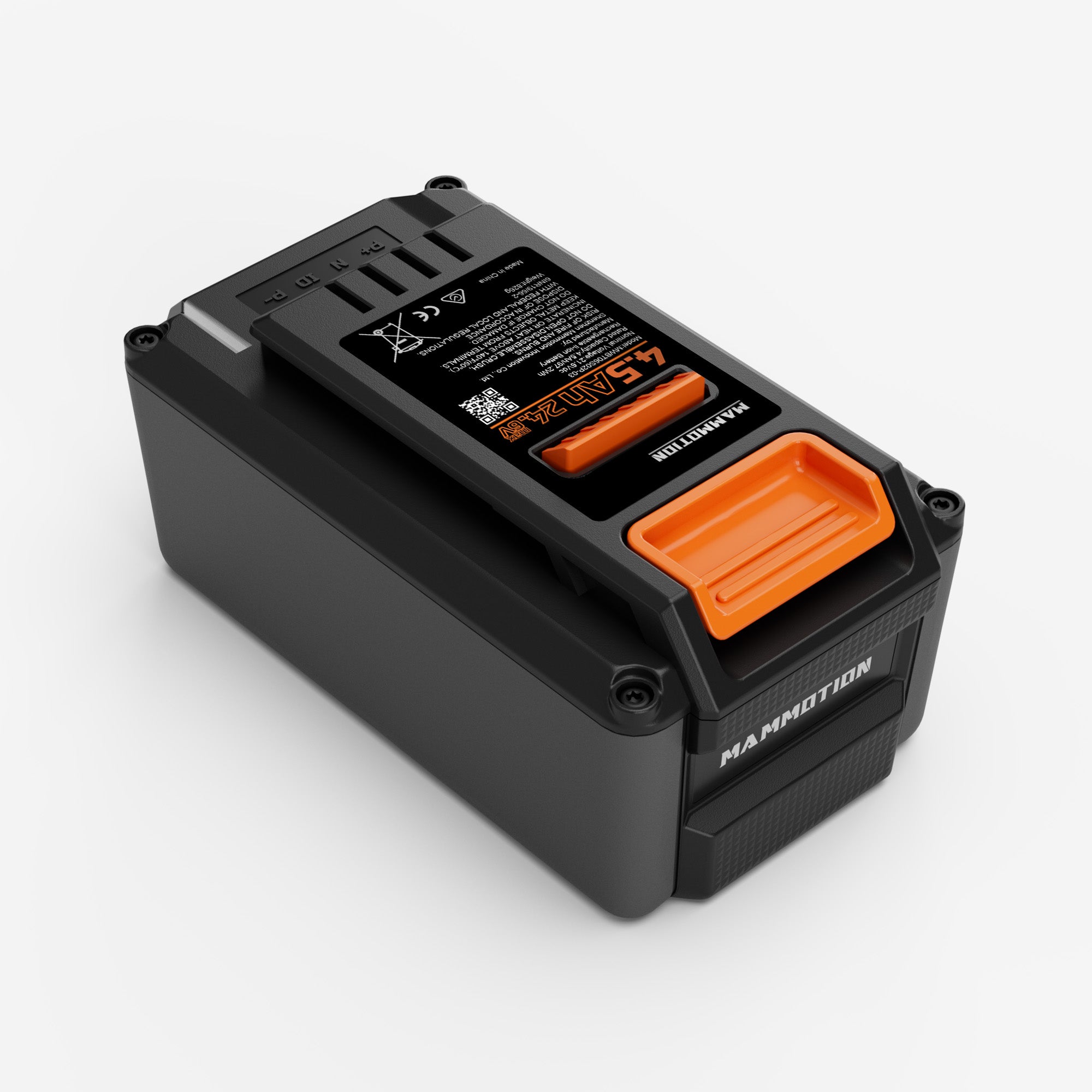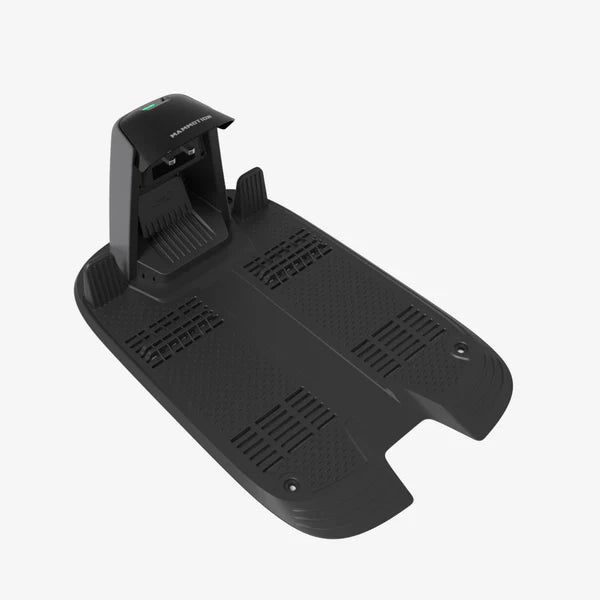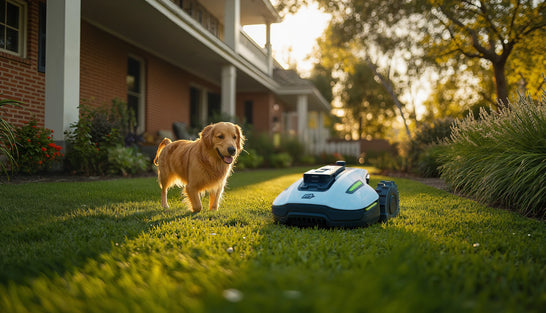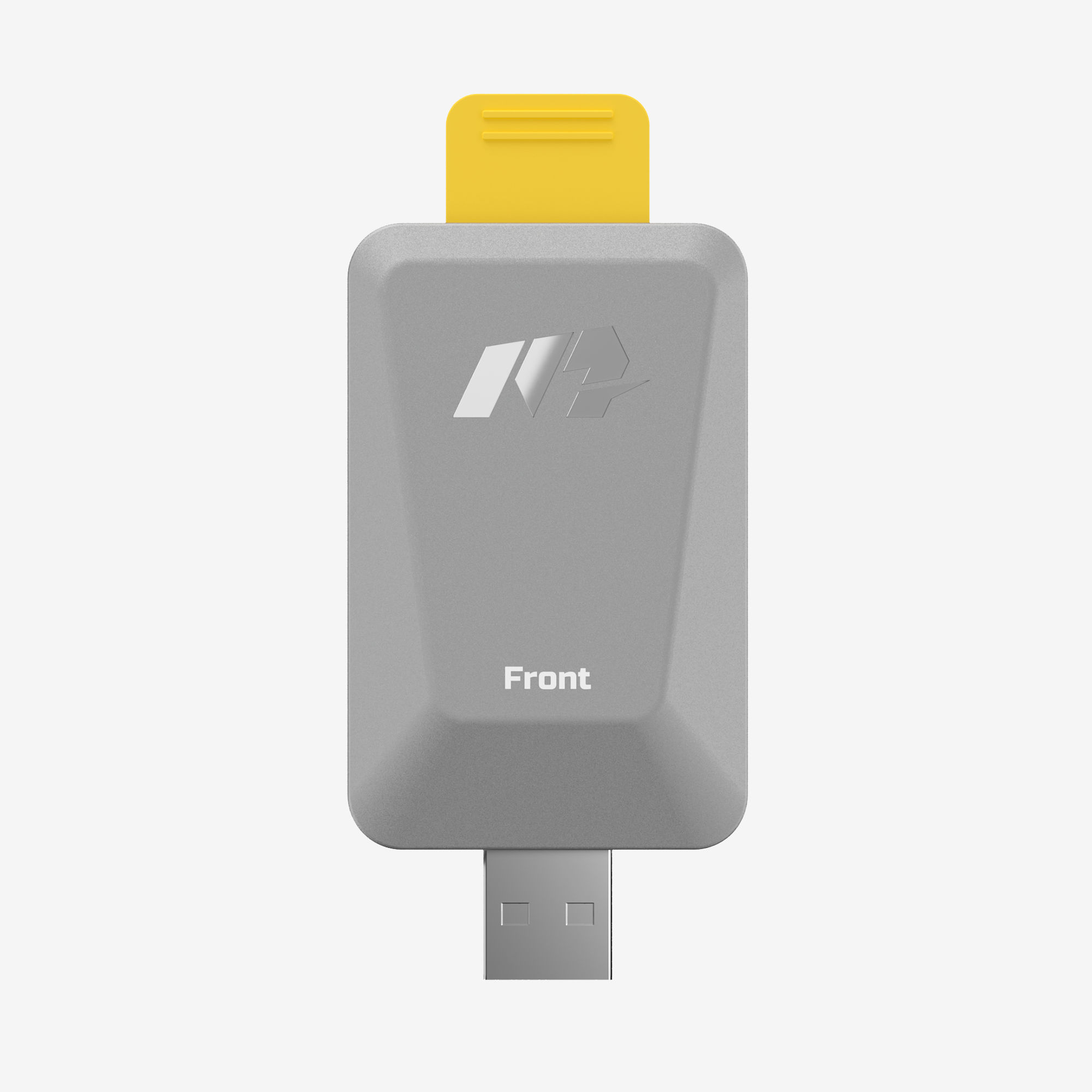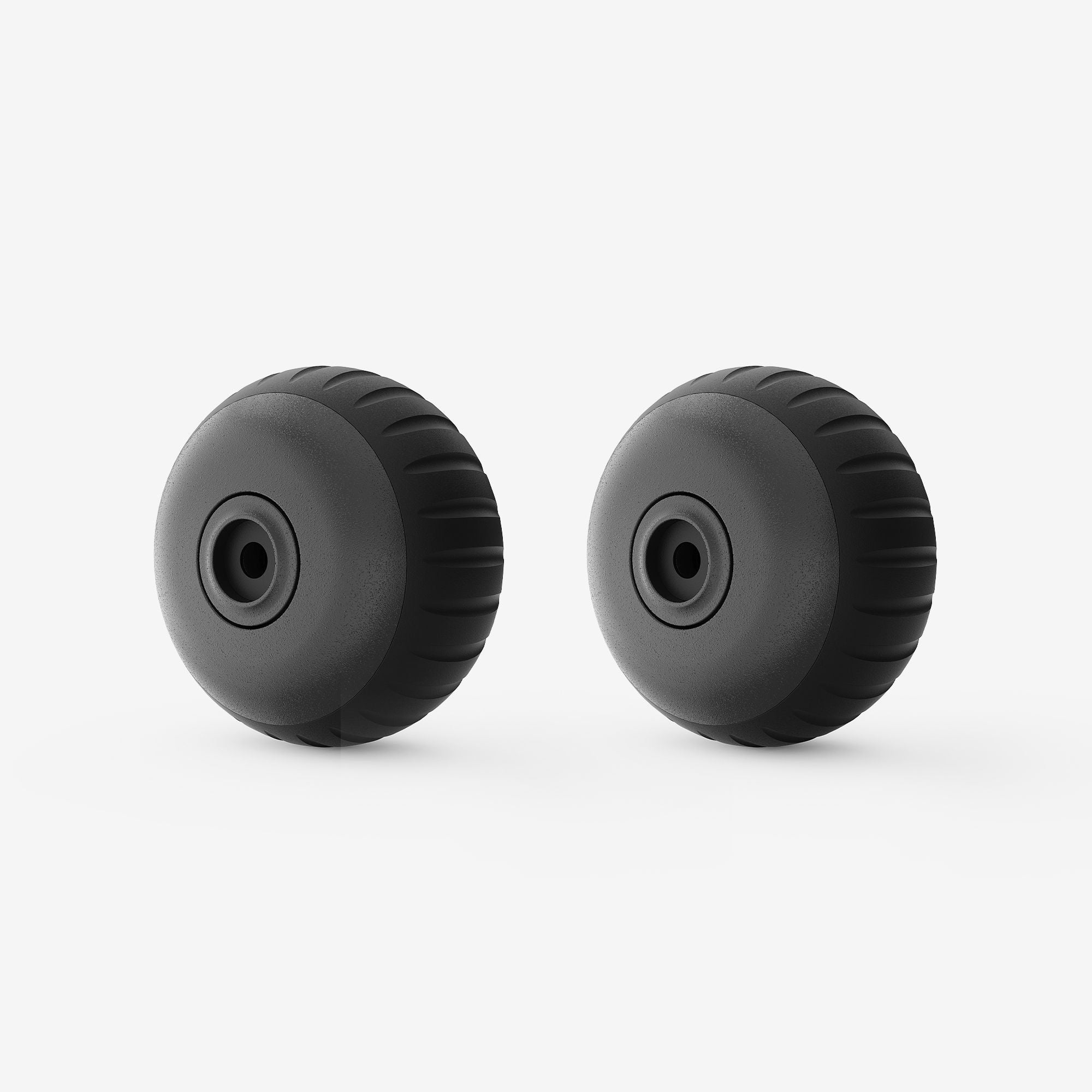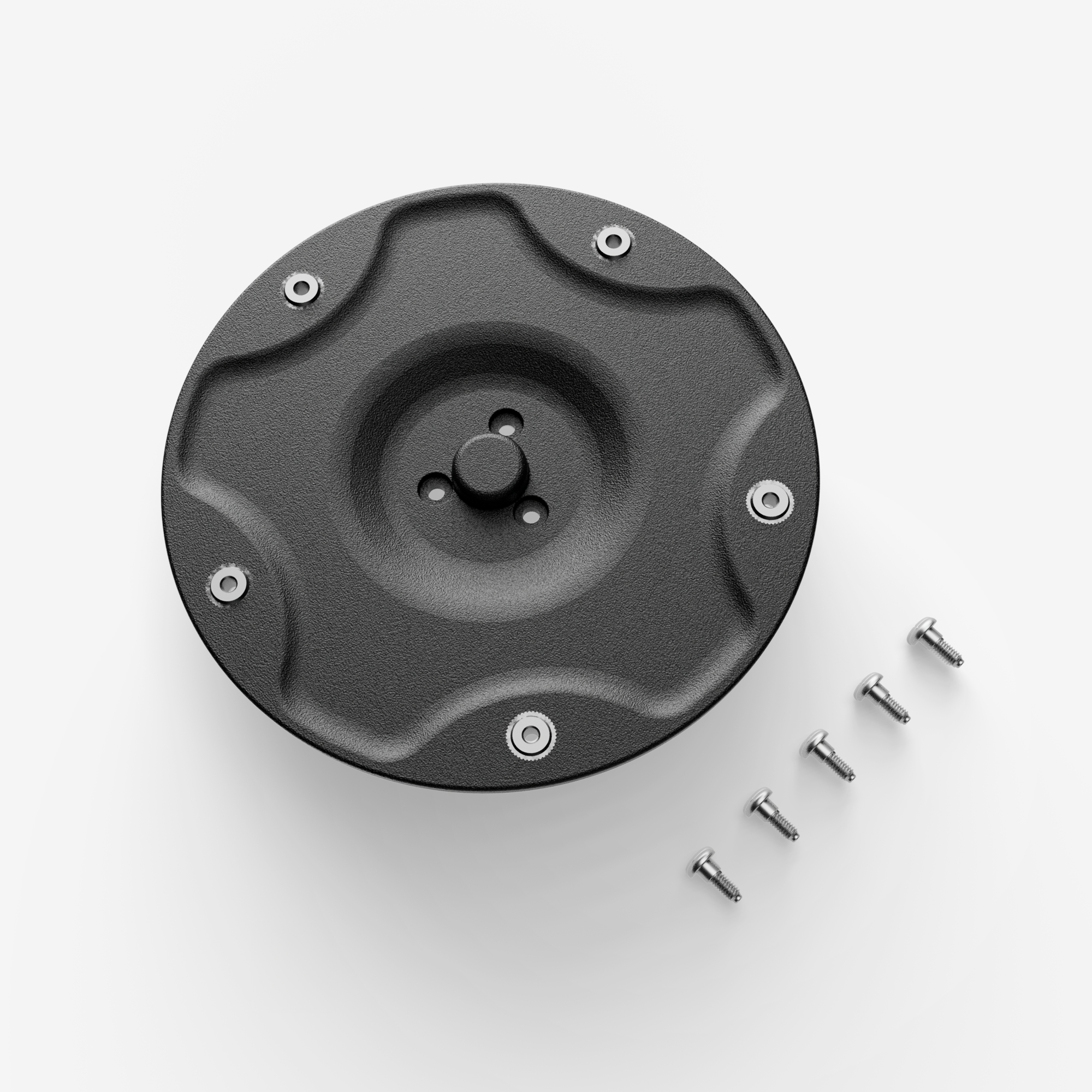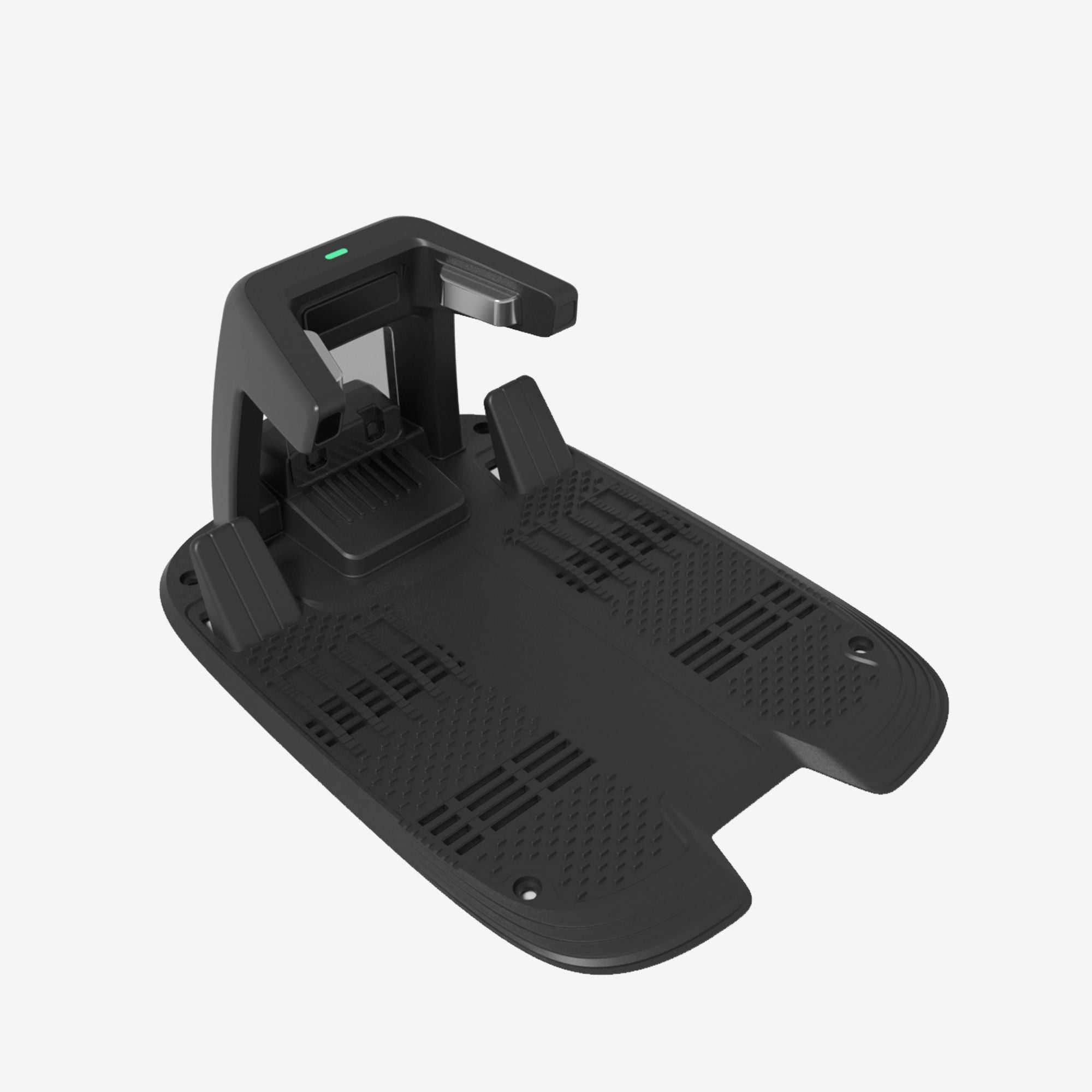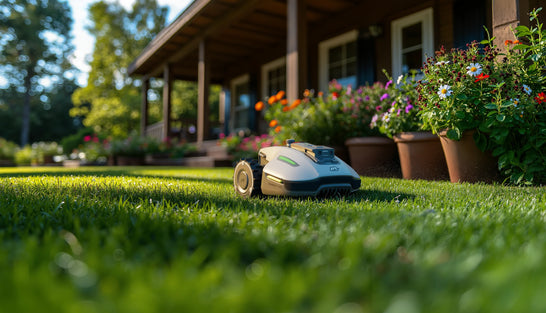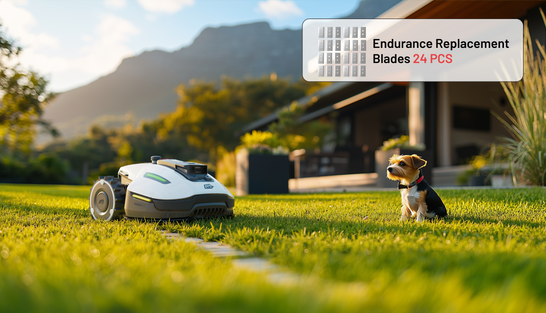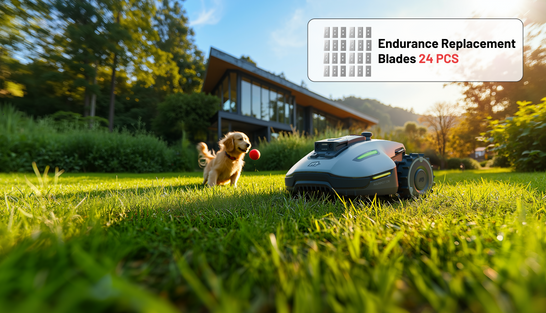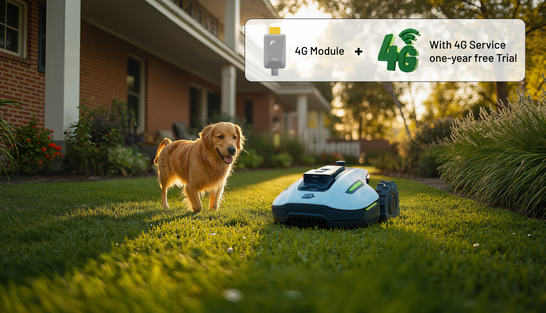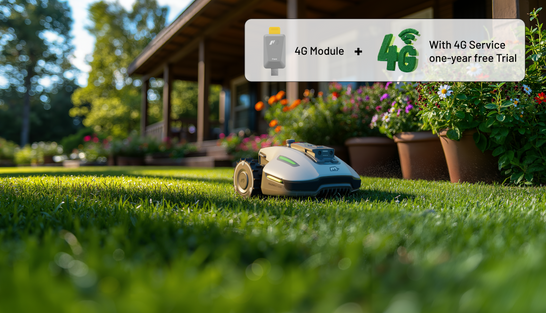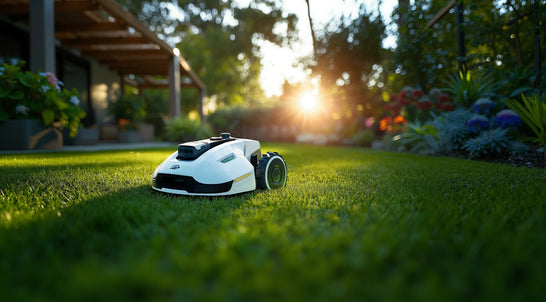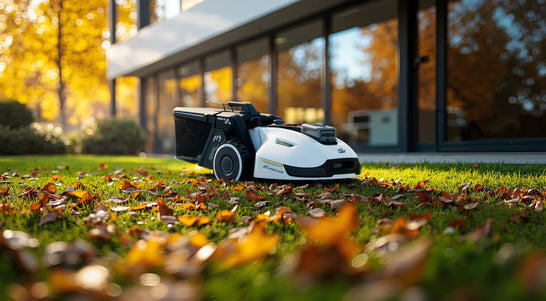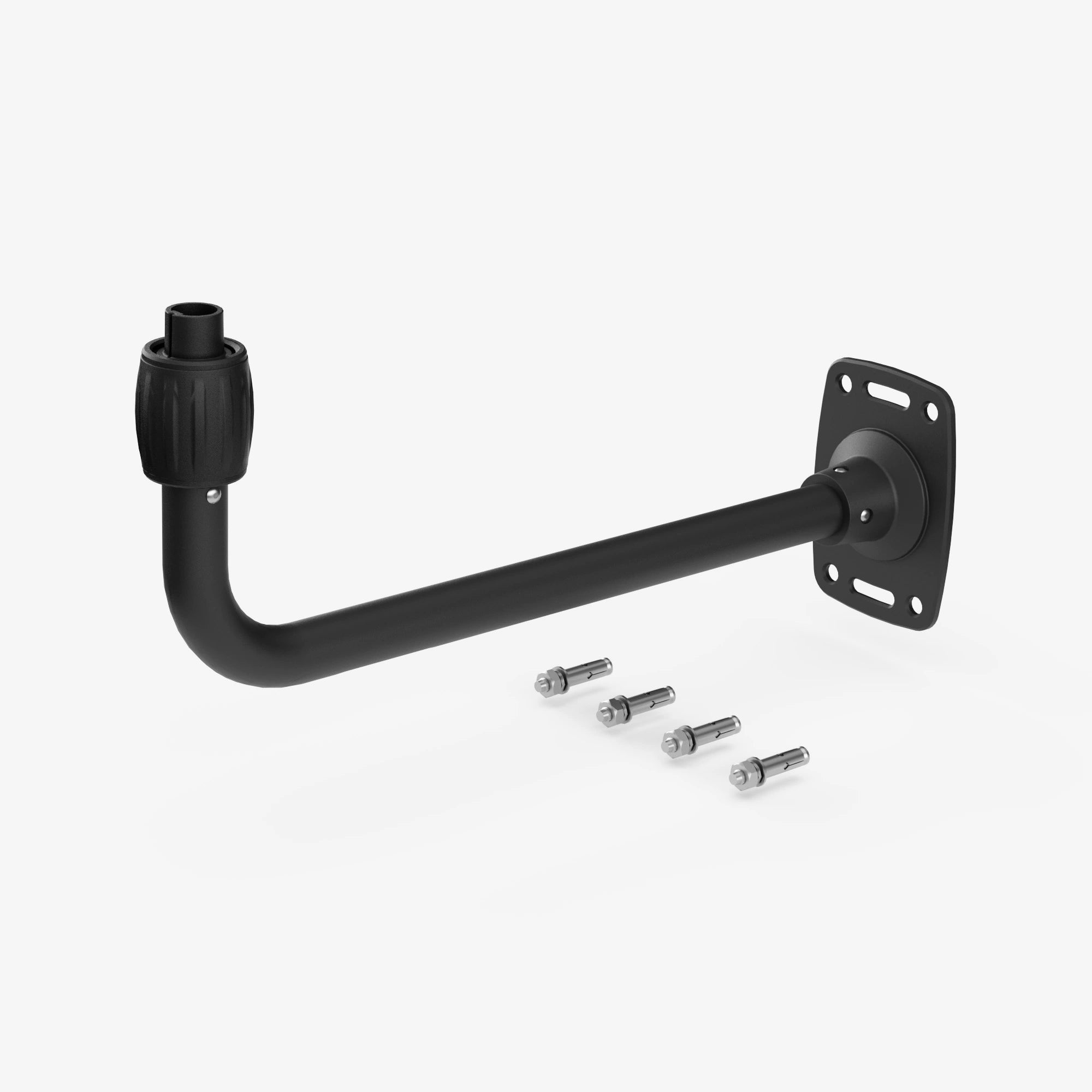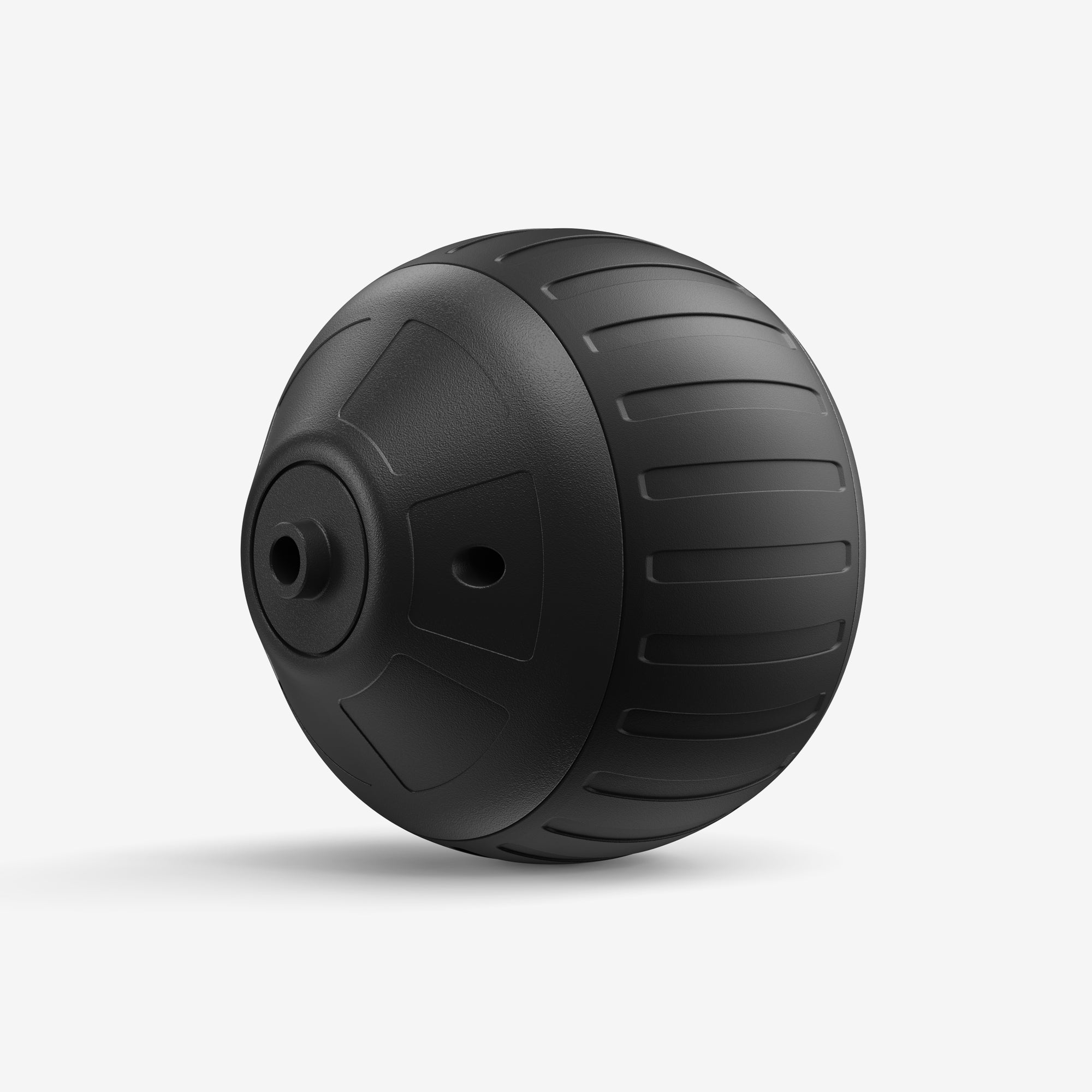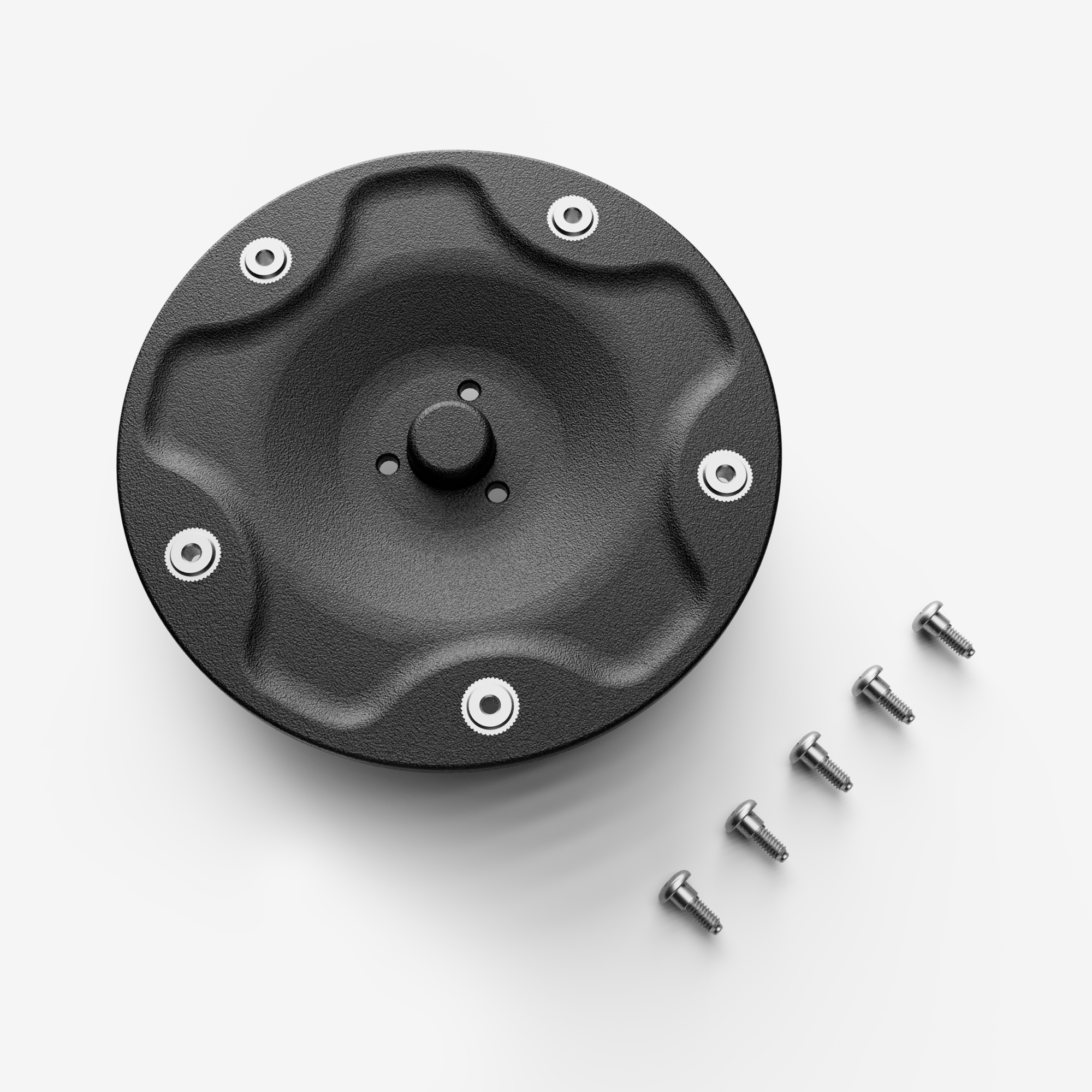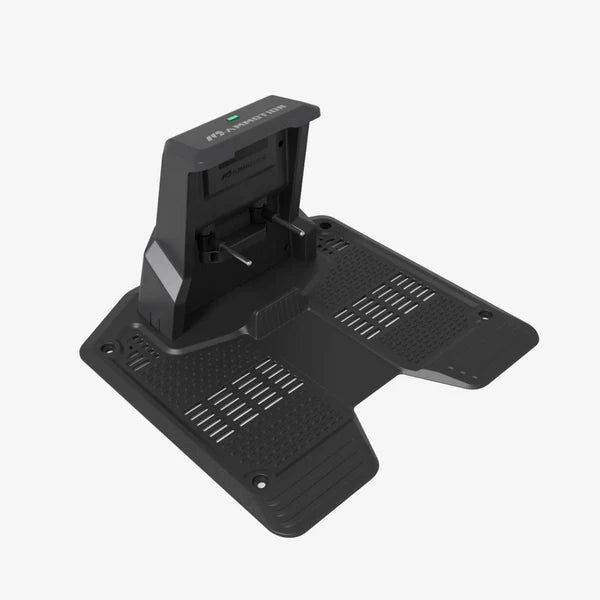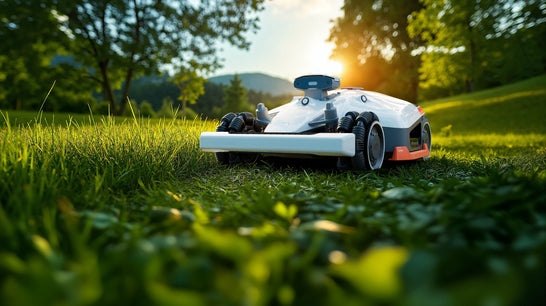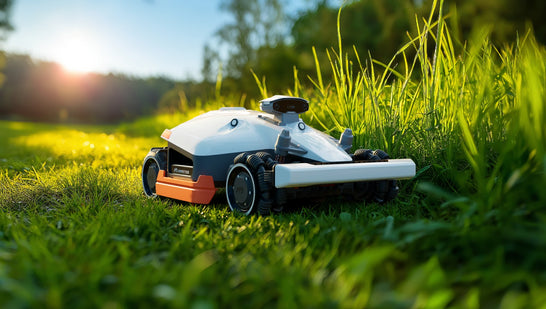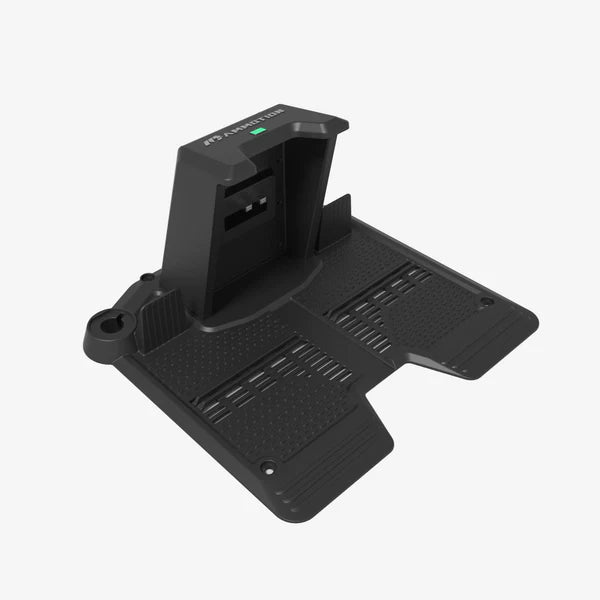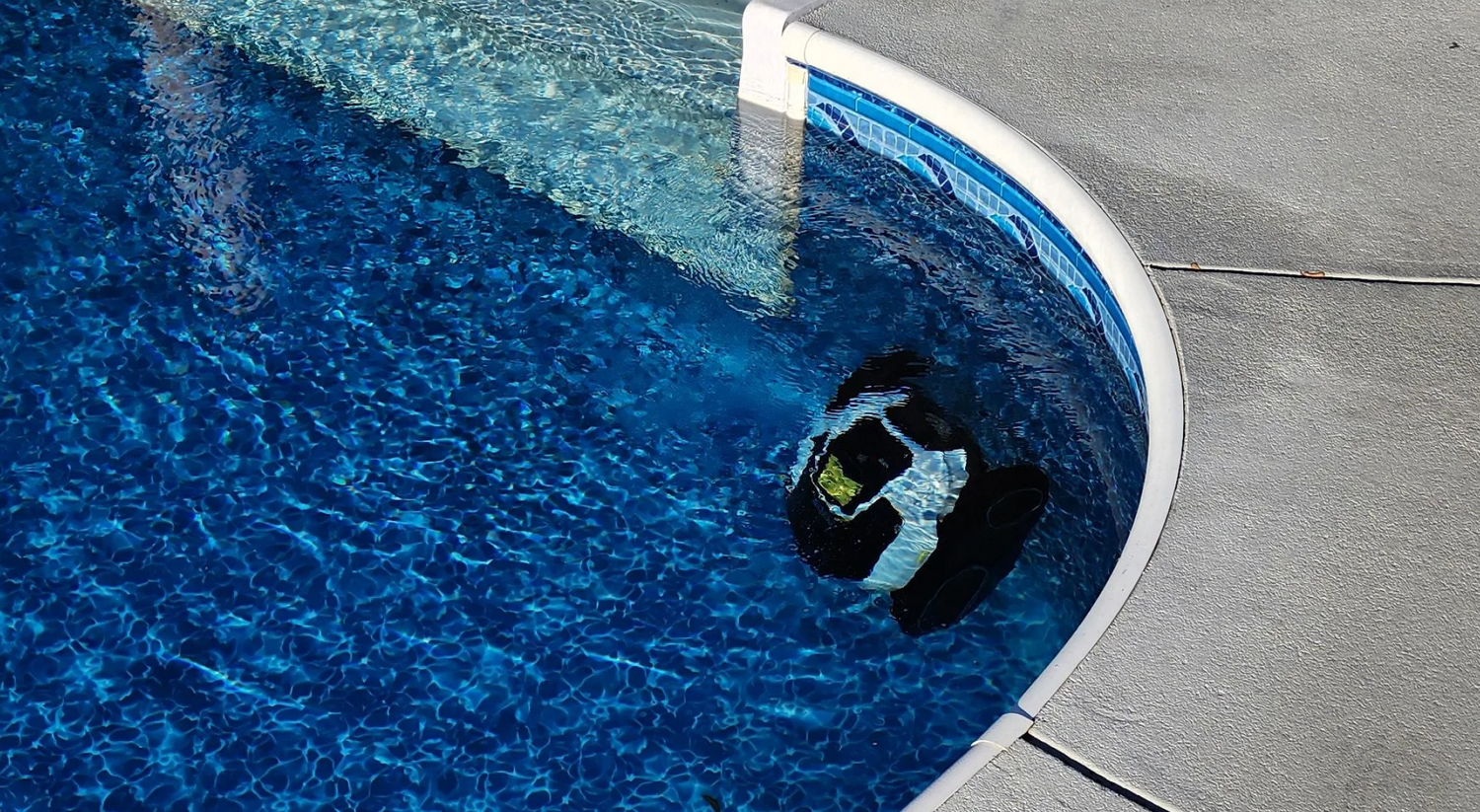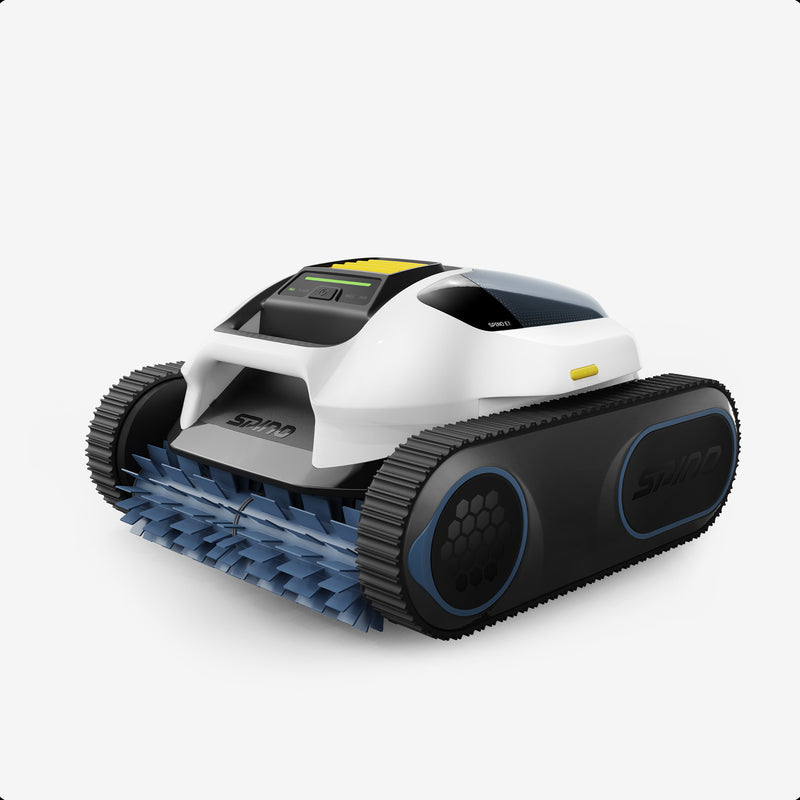A clean pool is a happy pool — and the right cleaning tool makes all the difference. If you’re a pool owner, you’ve probably heard the terms pool vacuum and robotic pool vacuum thrown around, but what exactly do they mean, and how do they differ?
Both serve the same purpose: removing dirt, leaves, sand, and other debris from your pool. But the way they work, the time they take, and the level of effort involved are quite different. Understanding these differences will help you make a smart choice for your budget, pool type, and lifestyle.
In this guide, we’ll compare a traditional pool vacuum with a robotic pool vacuum side-by-side, highlight their strengths and weaknesses, and offer tips on when each is the better choice. By the end, you’ll know exactly which cleaner will keep your pool sparkling with the least hassle.
Understanding Traditional Pool Vacuums
When most people hear the phrase “pool vacuum,” they’re thinking of a device that works directly with the pool’s pump and filtration system. A traditional pool vacuum relies on suction power from the skimmer or a dedicated suction port to pull debris off the pool floor and into the filter.
Types of traditional pool vacuums include:
- Manual vacuums – You connect a vacuum head to a telescopic pole and a vacuum hose, then guide it along the floor yourself. It’s labor-intensive but inexpensive and gives you full control.
- Suction-side automatic cleaners – These attach to the skimmer or suction port and move around the pool on their own, powered by the suction from the pump.
- Pressure-side cleaners – These use water pressure from the return jets (sometimes with a booster pump) to propel themselves and collect debris in an onboard bag.

Advantages of traditional pool vacuums:
Lower upfront cost – Manual and suction-side vacuums are far cheaper than most robotic models.
- Simple technology – Fewer electronics mean fewer complex parts to maintain.
- Easy availability – Replacement parts are widely sold and usually inexpensive.
Drawbacks of traditional pool vacuums:
- More effort – Manual versions require time and physical work. Automatic suction models still rely on the pool’s pump, which means the pump must run longer.
- Higher energy use – Because they depend on your pool’s filtration system, traditional vacuums often increase electricity consumption.
- More filter maintenance – Debris passes through the pool filter, which means you’ll need to clean or backwash it more often.
In short, a traditional pool vacuum can get the job done, especially if you’re budget-conscious or don’t mind a little extra work. However, it’s less automated and energy-efficient than modern robotic options — which we’ll cover next.
Automatic Pool Cleaner Types: Which One Is Right for Your Pool?
What Is a Robotic Pool Vacuum?
A robotic pool vacuum is a fully self-contained cleaning device designed to scrub and vacuum your pool without relying on your pump or filtration system. Instead, it runs on low-voltage electricity from an external power supply (or an internal rechargeable battery in cordless models) and has its own built-in filter cartridges or baskets to trap debris.
Key features of a robotic pool vacuum include:
- Independent operation – It doesn’t use your skimmer or pump for suction.
- Built-in filtration – Captures dirt, sand, and leaves in an onboard filter.
- Integrated brushes – Scrub walls, floors, and sometimes the waterline to prevent algae buildup.
- Smart navigation – Sensors and mapping software help it cover the entire pool efficiently.
- Programmable cycles – Many allow you to set schedules, so the cleaner runs automatically.
Advantages of robotic pool vacuums:
- Energy efficiency – Because it runs on low-voltage power, it uses significantly less electricity than a pump-driven cleaner.
- Better coverage – Cleans walls, floor, and waterline for a more thorough result.
- Reduced filter maintenance – Debris is collected in its own basket, not your pool filter.
- Set-and-forget convenience – Drop it in, press start, and let it work.
Drawbacks of robotic pool vacuums:
- Higher upfront cost – Robotic vacuums can range from $500 to $1,500 or more.
- Some maintenance – You’ll need to clean the onboard filter after each use and occasionally replace brushes or tracks. Here are more details about the disadvantages of robotic pool cleaners.
If you want to spend more time enjoying your pool and less time cleaning it, a robotic pool vacuum is a solid investment. A model like the Mammotion SPINO E1 offers intelligent navigation, strong scrubbing power, and low energy use — ideal for ongoing maintenance with minimal effort.
Side-by-Side Comparison: Pool Vacuum vs. Robotic Pool Vacuum
The biggest differences between a pool vacuum and a robotic pool vacuum come down to how they work, how much time they save, and the level of convenience they provide. Here’s a breakdown:
|
Feature |
Traditional Pool Vacuum |
Robotic Pool Vacuum |
|
Power Source |
Uses pool pump and filtration system |
Independent low-voltage motor |
|
Setup |
Connects to skimmer or suction port; requires priming |
Drop in water and press start |
|
Cleaning Coverage |
Mostly floor (some pressure-side clean walls) |
Floors, walls, and waterline |
|
Debris Collection |
In your pool’s filter |
In onboard filter basket |
|
Energy Use |
Higher – runs pool pump longer |
Lower – operates on low-voltage |
|
Maintenance Needs |
Frequent filter cleaning/backwashing |
Rinse onboard filter after use |
|
Cost |
Lower upfront |
Higher upfront, lower long-term operating cost |
|
Automation Level |
Manual or semi-automatic |
Fully automatic, programmable |
Pool Vacuum vs. Robotic Pool Vacuum: Which is Right for You?
Choose a traditional pool vacuum if:
- You’re on a tight budget and want the most affordable cleaning option.
- Your pool is small, with simple shapes and minimal debris.
- You don’t mind spending 20–40 minutes a week on manual cleaning.
- You’re comfortable with connecting hoses, priming lines, and using your pool’s filtration system.
Choose a robotic pool vacuum if:
- You value convenience and want a set-and-forget cleaning option.
- Your pool is large, has complex curves, or has a lot of walls and steps.
- You want full coverage — floors, walls, and the waterline — without extra effort.
- You’d like to save on electricity by reducing pump run time.
Hybrid approach:
Some pool owners find the perfect solution is using both. A robotic pool vacuum, such as the Mammotion SPINO E1, handles daily or every-other-day cleaning automatically, while a traditional vacuum is reserved for quick touch-ups or heavy debris after storms. This combination gives you both precision and convenience while keeping costs reasonable.
Conclusion & Final Recommendation
Choosing between a pool vacuum and a robotic pool vacuum comes down to one thing: how you want to spend your time and money.
If you enjoy hands-on maintenance, have a smaller pool, and want to keep upfront costs low, a traditional pool vacuum will serve you well. It’s reliable, easy to understand, and does the job with a little elbow grease.
If you prefer to let technology handle the work, have a large or complex pool, and value efficiency, a robotic pool vacuum is worth the investment. Not only does it clean more thoroughly, but it also runs independently, saving wear on your pump and filtration system.
For many pool owners, the best approach is a blend of both. A robotic cleaner like the Mammotion SPINO E1 can keep your pool sparkling day-to-day, while a traditional vacuum handles occasional deep cleans or targeted touch-ups.
No matter which you choose, the key is consistency. A clean pool isn’t just nicer to look at — it’s safer, healthier, and more enjoyable to swim in.
Frequently Asked Questions
1. What is the difference between a pool vacuum and a robotic pool vacuum?
A pool vacuum connects to your pool’s filtration system and uses the pump for suction, while a robotic pool vacuum is self-powered with onboard filters and brushes.
2. Are robotic pool vacuums worth the price?
Yes, if you value convenience, thorough cleaning, and energy efficiency. They cost more upfront but can save time and reduce filter maintenance.
3. Do robotic pool vacuums use more energy than traditional vacuums?
No. Robotic cleaners typically use less energy because they run on low-voltage electricity and don’t rely on your pool pump.
4. Can a robotic pool vacuum clean walls and the waterline?
Most modern robotic pool vacuums can clean floors, walls, and the waterline, unlike many traditional models.
5. How often do I need to clean the filter on a robotic cleaner?
Empty and rinse the onboard filter after each cleaning cycle to maintain performance.
6. Are robotic pool vacuums smart enough to cover all areas?
Yes, many have advanced navigation systems that map the pool and ensure complete coverage.
7. How long do robotic cleaners typically last?
With proper care, most last 5–7 years. Models like the Mammotion SPINO E1 are built for durability and long-term use.
8. Do suction cleaners damage my pool pump?
If properly maintained, they won’t damage the pump, but they can increase wear by requiring longer pump run times.
9. Which costs less in the long term: a traditional or robotic vacuum?
Traditional vacuums cost less upfront, but robotic cleaners can save money over time through reduced energy use and less filter maintenance.
10. Can I keep using a manual vacuum if I own a robotic cleaner?
Yes, many owners use both — the robot for regular cleaning and the manual vacuum for occasional touch-ups.

